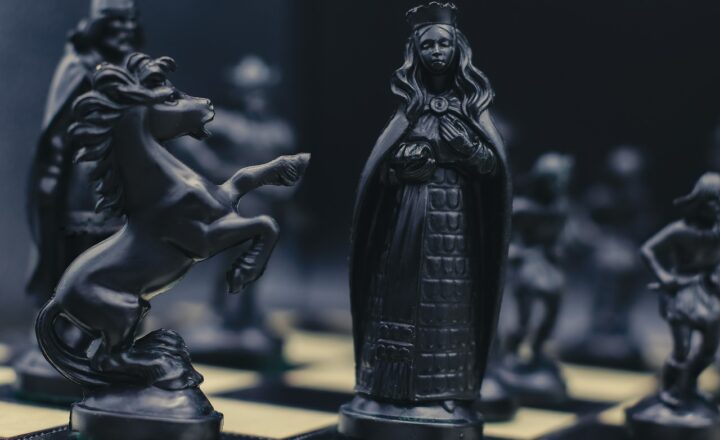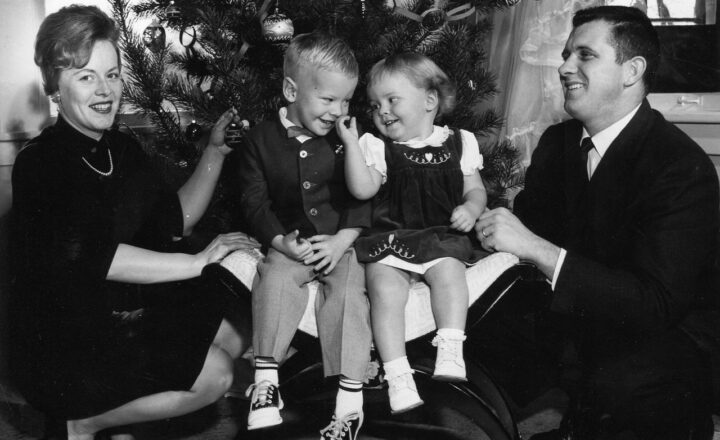
Throughout history, mirrors have been imbued with a sense of mystery and superstition. From ancient civilizations to modern times, these reflective surfaces have sparked imaginations and given rise to numerous myths, legends, and tales—some of which suggest that mirrors might act as portals to another realm. In this article, we explore the fascinating history of haunted mirrors, examining why some believe these objects can trap spirits and the various cultural perspectives surrounding them.
1. The Symbolism of Mirrors in Different Cultures
Mirrors have a unique place in various cultures, often serving as symbols of truth, reflection, and the soul. Ancient civilizations viewed mirrors as more than mere glass; they were thought to possess mystical properties.
In ancient China, mirrors were believed to have protective qualities. They were often hung in homes to ward off evil spirits and reflect negative energy away. The Chinese also believed in the concept of Qi (energy), and mirrors were viewed as tools that could reflect and manipulate this energy, making them significant in feng shui practices.
Similarly, in ancient Egypt, mirrors were associated with the goddess Hathor, who was linked to beauty and the underworld. Egyptians believed that mirrors could capture the soul and were used in burial rituals to ensure that the deceased could see their reflection in the afterlife.
In contrast, in Western cultures, the notion of mirrors reflecting a person’s soul has often led to the belief that they can trap or attract spiritual entities. This belief is deeply rooted in folklore and has influenced how mirrors are perceived in haunted places.
2. The Paranormal Connection: Mirrors as Portals
The idea that mirrors can serve as portals to the supernatural world is prevalent in many cultures. This belief is often linked to the concept of the “soul” or “spirit” being captured in the reflection. In some traditions, it is thought that if a person gazes into a mirror for too long, they may unintentionally invite spirits or entities into their realm.
**The Reflection Theory**: One of the most common theories regarding haunted mirrors involves the notion of reflections serving as gateways to other dimensions. Proponents of this theory suggest that mirrors can serve as a threshold that allows spirits to enter our world. This sentiment is echoed in literature and film, where mirrors are often depicted as portals to other realms, as seen in stories like “Snow White” and “The Mirror of Erised” in Harry Potter.
**The Concept of Scrying**: The practice of scrying, often performed with mirrors, has its roots in divination. Practitioners believe that looking into a reflective surface can reveal visions or allow for communication with the spirit world. Scrying involves entering a trance-like state, making it possible for spiritual entities to communicate with the scryer, leading to the belief that mirrors could become vessels for spiritual interactions.
3. Haunted Mirrors: Notable Cases and Stories
Numerous accounts and legends throughout history recount encounters with haunted mirrors, each with its unique tale of the unknown. Here are some notable cases that capture the public’s imagination:
– **The Haunted Mirror of Myrtles Plantation**: One of the most famous haunted mirrors in the United States is located in Myrtles Plantation in Louisiana. Legend has it that the ghost of a former slave, whose child was killed by the plantation owner, haunts the mirror. Visitors have reported seeing strange shapes and even feeling a cold presence when they approach the mirror.
– **The Crying Boy Mirror**: The Crying Boy painting is famously linked to a series of house fires in the 1980s in the UK, leading to urban legends that the painting was cursed. In relation to mirrors, some believe that reflecting such artwork can amplify its supposed curse, making it a source of haunting.
– **The Mirror of Death**: A lesser-known tale involves an ancient European tradition where mirrors were covered during a loved one’s passing to prevent the deceased’s spirit from becoming trapped. In some cultures, it was believed that if someone gazed into a mirror after someone had died, they might see the reflection of the deceased, leading to feelings of dread and fear.
These cases underscore how mirrors are often at the center of ghost stories, cementing their reputation as objects that can carry the weight of the past—a theme present in many haunted locations.
4. Psychological Factors Behind Fear of Mirrors
The fear of mirrors and their perceived ability to trap spirits can also be explained through psychological factors. The phenomenon of inducing fear through a mere object can often be traced back to basic human instincts, such as the uncanny valley theory, which posits that things that are almost but not quite human or natural often generate feelings of unease.
Mirrors create a duplicate of reality while simultaneously distorting it, which can trigger a sense of disorientation that fuels fear. This psychological response is amplified through cultural narratives, horror films, and urban legends, making mirrors seem more frightening. Additionally, the act of looking in a mirror alone, especially in low light, can evoke feelings of vulnerability and expose deep-seated fears related to identity, mortality, and the unknown.
5. Modern Interpretations and Uses of Haunted Mirrors
In modern society, the fascination with haunted mirrors has found new life through media, entertainment, and various art forms. Movies like “Candyman,” “Oculus,” and psychological thrillers exploit the cultural narratives surrounding mirrors for their horror elements.
**Art and Culture**: Contemporary artists continue to explore the intersection between reflection, identity, and the supernatural through various mediums. Mirrors are often used as a metaphor for how individuals view themselves and the complexities of the human experience. This exploration ties back to the age-old belief that mirrors can transcend mere function and connect us to deeper existential themes.
**Haunted Attractions and Tours**: Museums and spooky tours often incorporate haunted mirrors into their narratives, emphasizing their rich history and allure. Ghost hunting experiences often introduce participants to mirrors as tools for interacting with the paranormal, drawing on their cultural significance.
The modern interest in haunted mirrors reveals a desire to embrace the unknown while examining our perceptions of reality, identity, and the spiritual realm.
Conclusion: The Enigma of Haunted Mirrors
The history of haunted mirrors is a testament to humanity’s fascination with symbolism, the supernatural, and the psychological intricacies that surround self-reflection. From their roots in ancient cultures to contemporary interpretations, mirrors continue to captivate our imagination, embodying the perfect blend of beauty and mystery.
Whether one views them as mere objects or portals to the unknown, haunted mirrors serve as a reminder of the stories carried within their reflections—echoes of the past waiting to be explored, understood, and, perhaps, feared. Parts of history, culture, and psychology converge in the realm of these reflective surfaces, leaving us with more questions than answers, a characteristic of human curiosity that is unlikely to fade away any time soon.








